Atividades
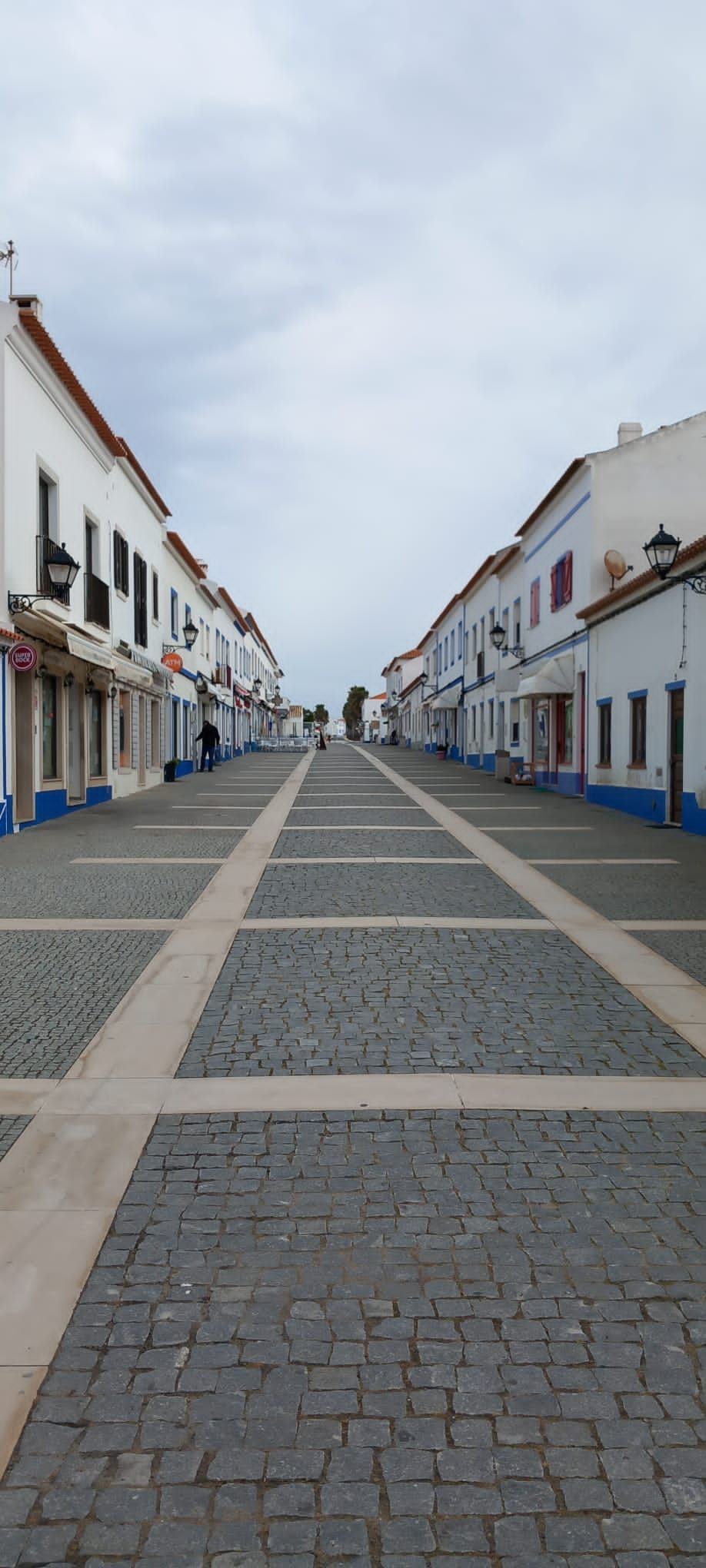
Slide title
Write your caption hereButton
Porto Covo
Porto Côvo, is a friendly fishing village full of small white houses that was rebuilt by the Marquês de Pombal shortly after the 1755 earthquake. Situated between the sea and the plains, this picturesque village is surrounded by some of the most beautiful and well-preserved beaches in Portugal. It's territory is part of the Nature Park of Southwest Alentejo and Vicentine Coast.
Praias
Situated in the heart of the Parque Natural Sudoeste Alentejano e Costa Vicentina (Alentejo Southwest and Vicentina Coast Natural Park), the Porto Covo beaches, are characterized by their fine sand and clear waters, separated by large rocks that seem as if they have been deliberately placed there, to create a feeling of intimacy and seduction.
Near Porto Covo, the Pessegueiro Island Beach has a memorable landscape, this beach is situated in the "canal" that connects the continent to the magnific Pessegueiro island. Privileged place due to it's landscaped and historic value, it was used as a refuge for boats that navigated along
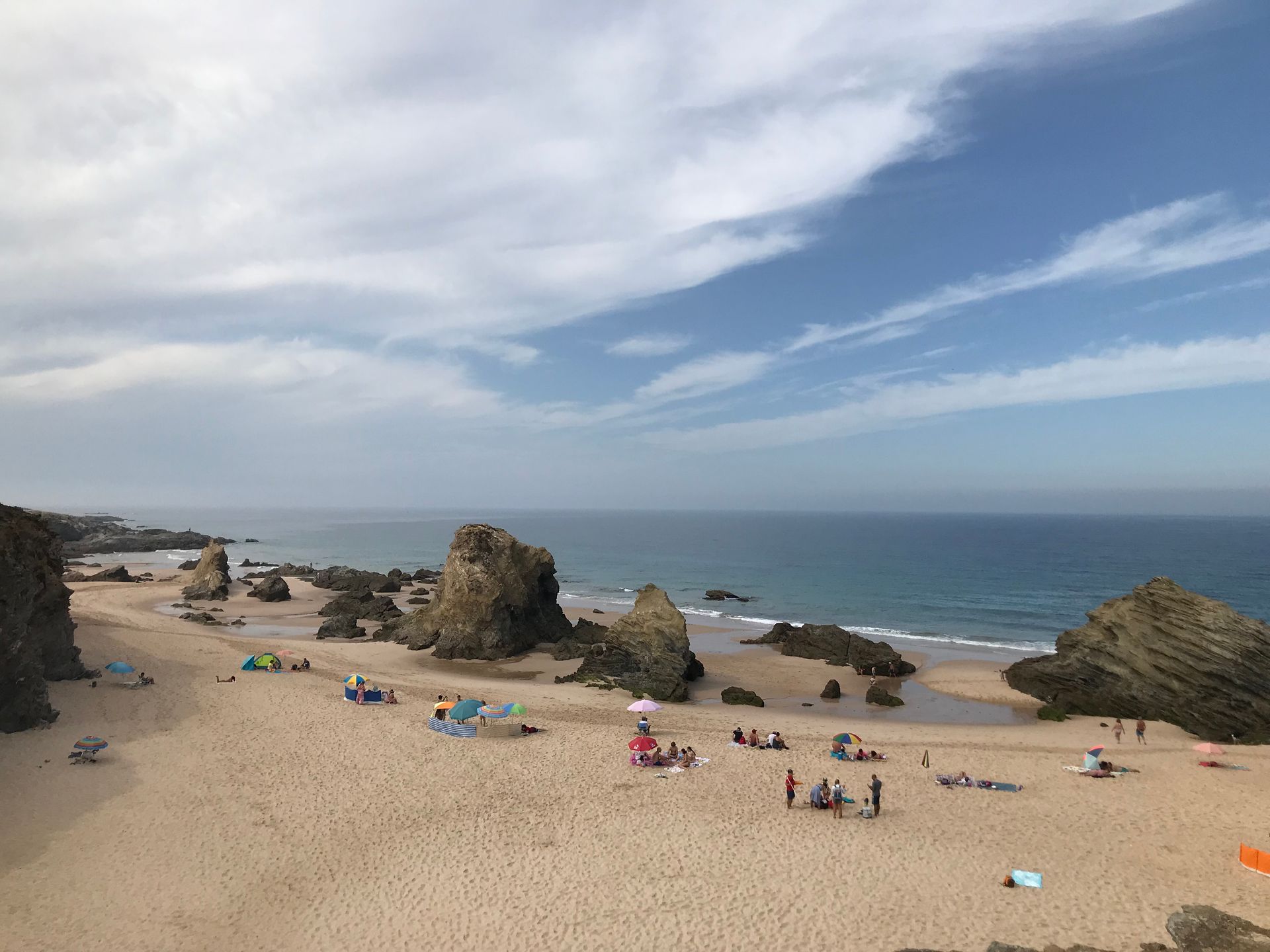
Slide title
Write your caption hereButton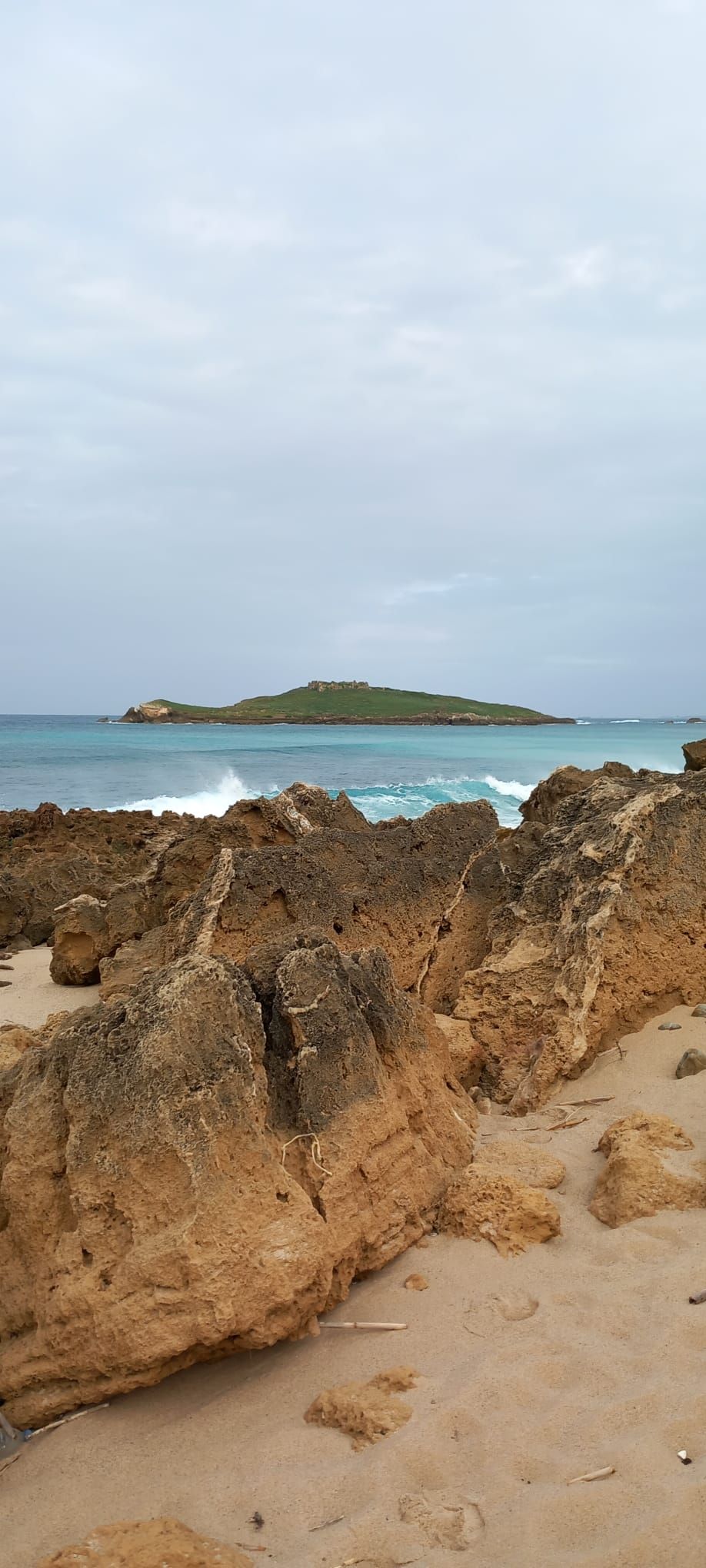
Slide title
Write your caption hereButton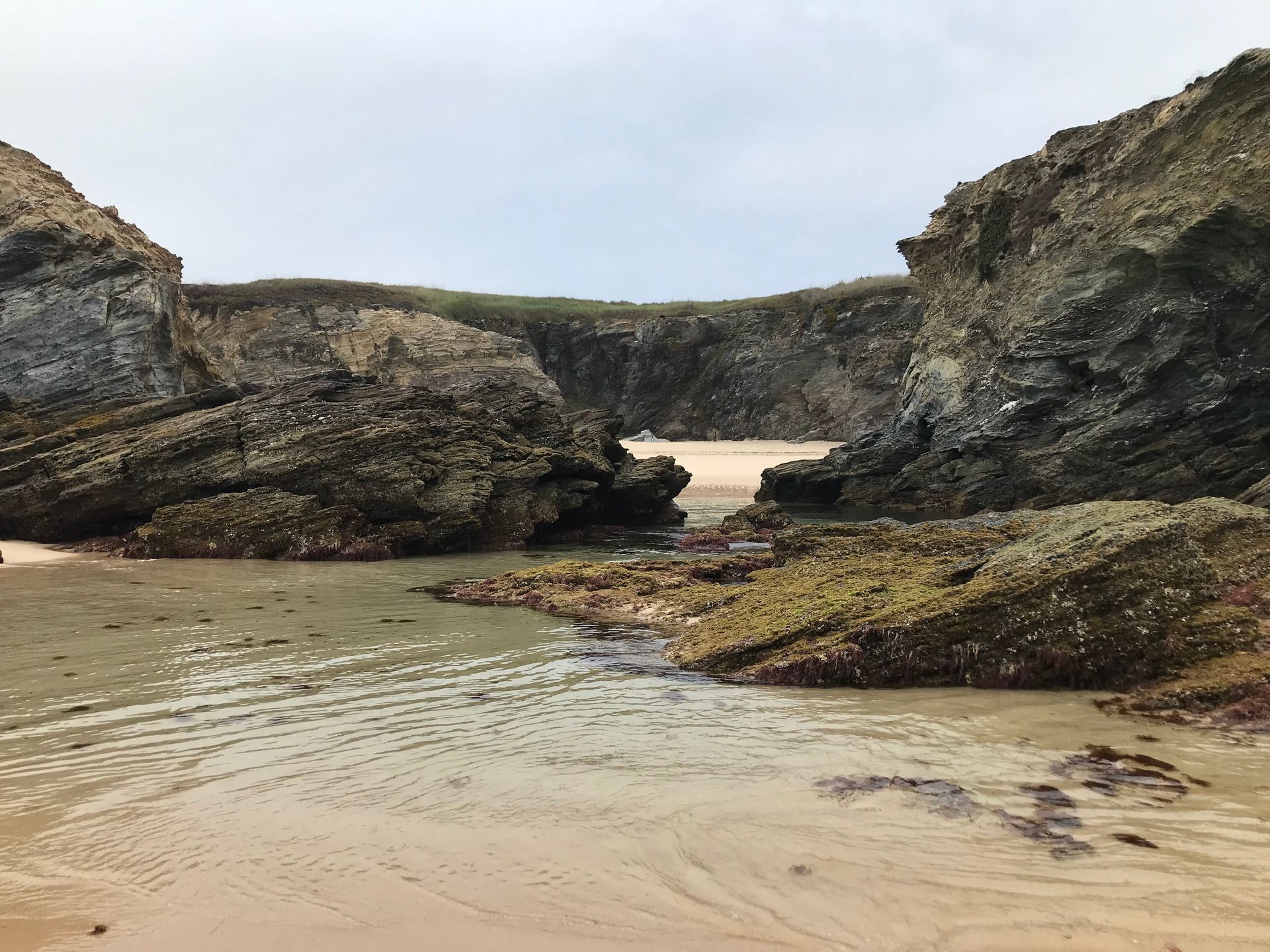
Slide title
Write your caption hereButton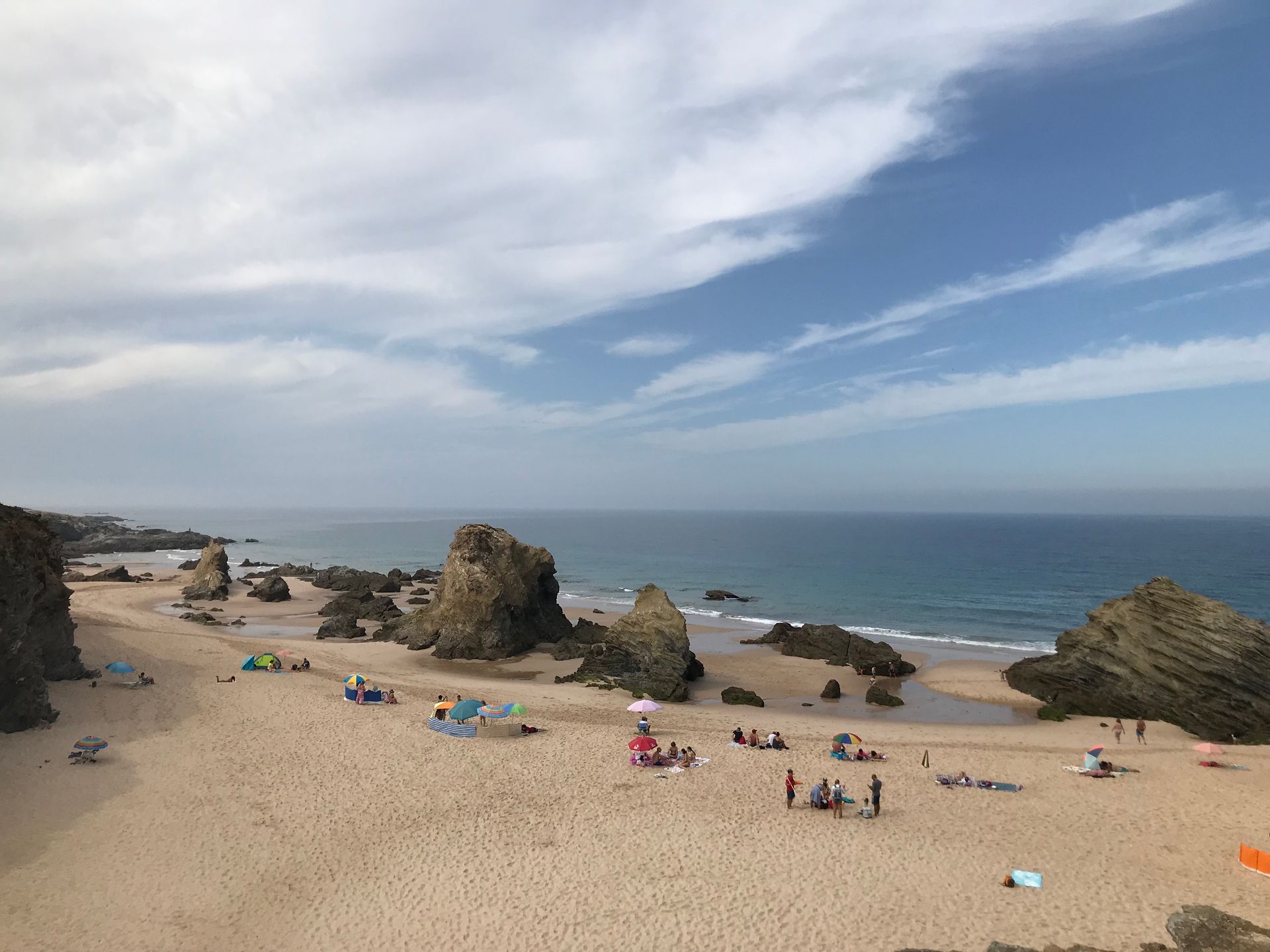
Slide title
Write your caption hereButton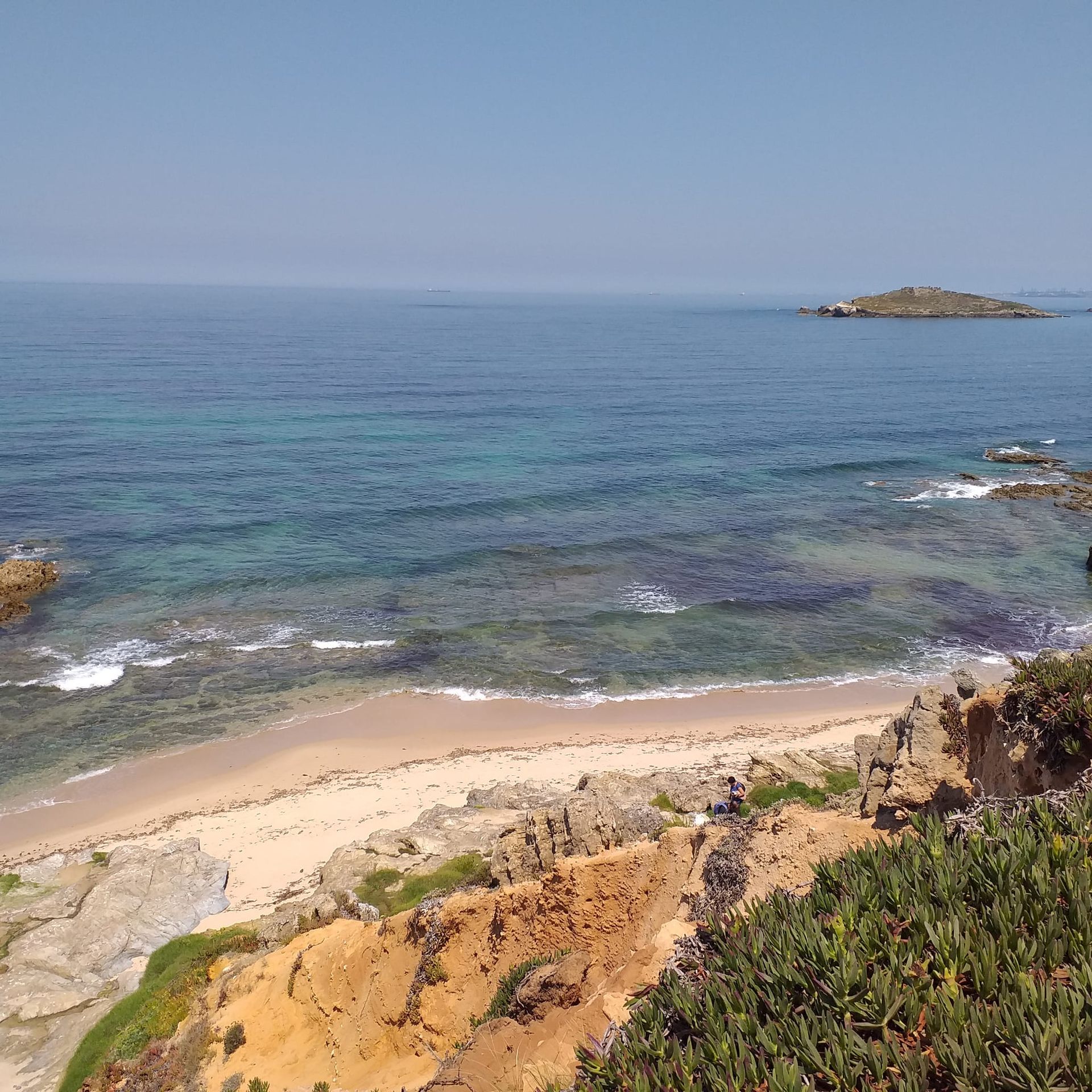
Slide title
Write your caption hereButton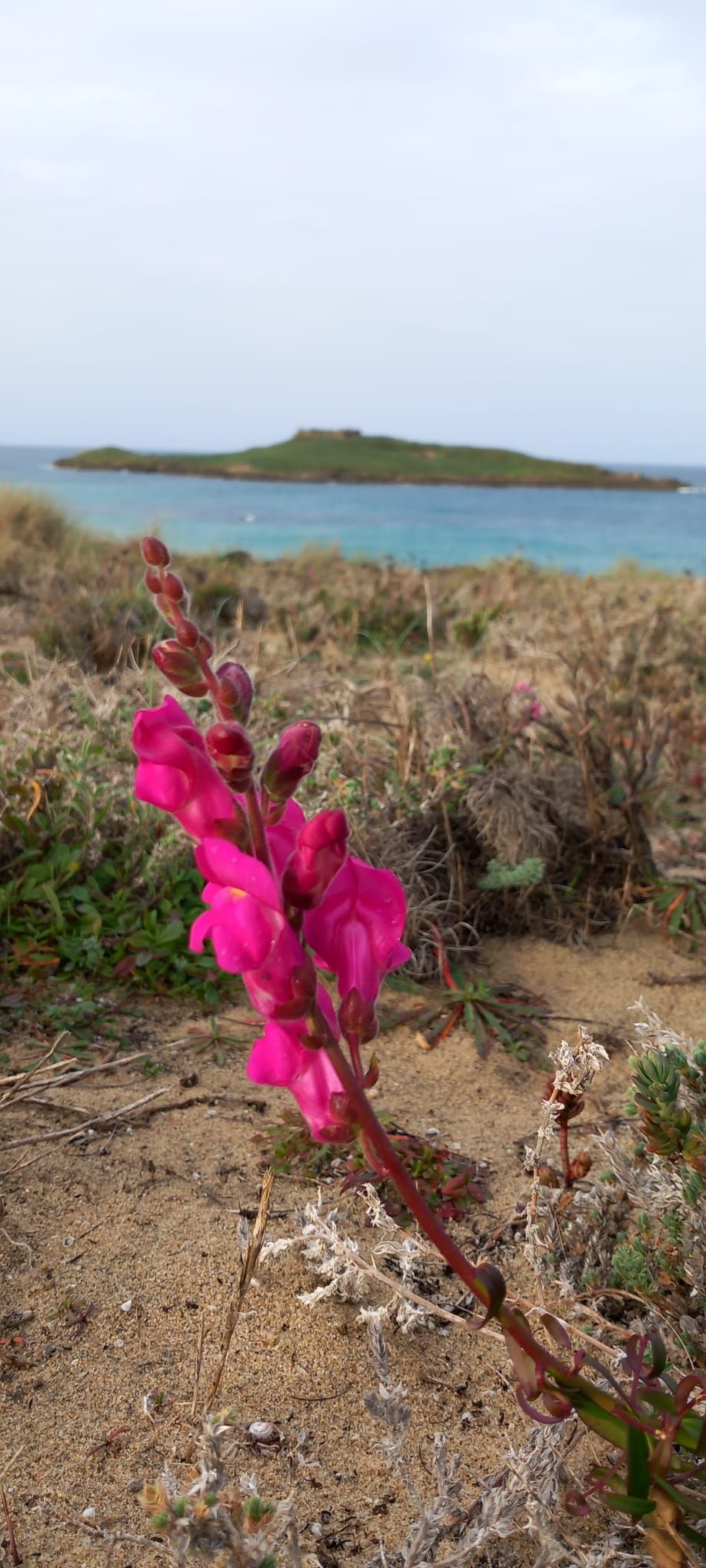
Slide title
Write your caption hereButton
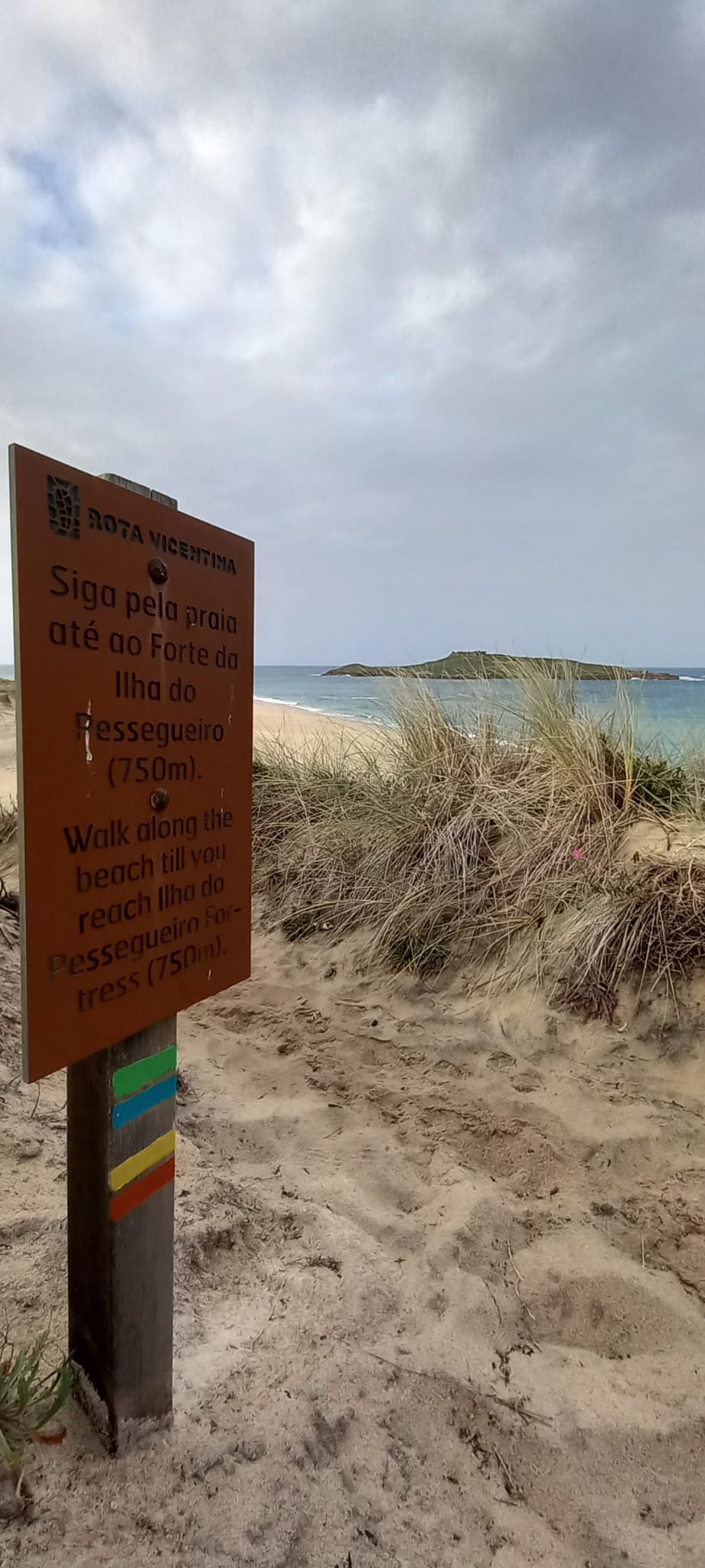
Slide title
Write your caption hereButton
História
Porto Covo village is a jewel of popular architecture. Largo Marquês de Pombal (Square Marquês de Pombal), a wonder of Portuguese Illuminist architecture, keeps almost intact the outline of the 18th century and it is a compulsory visiting space.
Roughly 250 metres off the coast near Porto Covo is the abandoned Ilha do Pessegueiro, an island that has long been a great source of inspiration for poets. Here are to be found some remains of its occupation by the Carthaginians during the third century BC, as well as clear evidence of the island's Roman occupation, particularly its fish-salting tanks. However, tradition and our fertile imagination tells us that it also acted for many centuries as a refuge for pirates. Nowadays, it is possible to see the ruins of a fort that was built there in the seventeenth century and which, operating in tandem with an identical fortress in Porto Covo, defended this part of the coast.
Gastronomia
Fish and shellfish are at the heart of the traditional local cuisine, which always uses fresh ingredients, especially fish straight from the local fishing ports at Sines and Porto Covo.
Dishes such as “açorda de marisco” (shellfish with a bread porridge) and “feijoada de búzios” (whelk bean stew) are typical examples of the influence of the Alentejano hinterlands on the local cuisine, resulting in an irresistible combination of flavours from the coast and from the plain.
In Porto Côvo you will find a very good restaurants to enjoy this fantastic and traditional food.

Slide title
Write your caption hereButton

Slide title
Write your caption hereButton
Outras atividades
CONTACTO
88
e
Portugal
Google Maps Frame Google Maps Frame
https://maps.google.com/?q=rua+vitalina+da+silva+lote+1+,porto+covo,7520-404
https://maps.google.com/?q=rua+vitalina+da+silva+lote+1+,porto+covo,7520-404
Google Maps Frame
https://maps.google.com/?q=rua+vitalina+da+silva+lote+1+,porto+covo,7520-404
Google Maps Fra
P
Google Maps Frame
Google Maps Frame Google Maps Fram
ortugal
Google Maps Fra
Telefone: +351 269 959 140
Email: info@hotelportocovo.com
RNET/367
HORÁRIOS
Closed on Christmas
Porto Covo Hotel | All Rights Reserved | Powered by Cloudbeds





